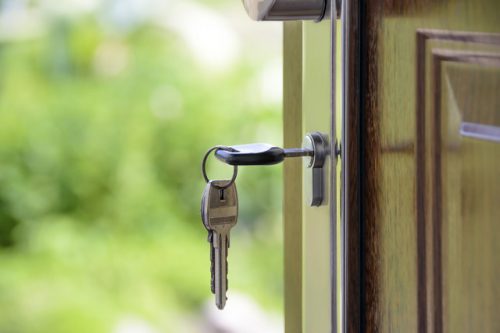So, after considering the pros and cons of buying property from the secondary (or sub-sale) market, you’ve decided it would be more worthwhile to buy a home that’s already completed and located in an established location, despite needing some renovations and extra TLC before you can move in with your family.
However, that’s just the first stage of decision-making done. Once you’ve found the perfect property, you’ll need to keep in mind these five things when buying a piece of secondary property:
1. Title Issuance
Has the title of the property been issued to the original owner?
If the separate individual or strata title has been issued for the property, the transfer of ownership would be done through a Memorandum of Transfer (MOT), which will be processed by the Land Office. The securitisation for the financial institution of the loan given will be the registration of the title change.
On the other hand, if the separate individual or strata title has not yet been issued for the property, the transfer of ownership will be conducted via a Deed of Assignment (DoA) to be recorded with the developer, pending title issuance later. There will be another DoA by the bank for the loan given, but in favour of the bank.
In both instances, stamp duty must be paid to the government to recognise the transfer of ownership.
Also see: Transfer of property between Bumiputera and non-Bumiputera

2. Title Tenure
This concerns whether the property is freehold or leasehold. Tenure can be critical when accessing the value of the property, as well as relevant to the lending policy of financial institutions. Some banks may not offer a loan if the leasehold property is less than a certain number of years. Furthermore, leasehold properties are often subject to consent of the State Authority, which requires more time to complete a transaction. Buyers should also be aware that the process and requirements for extending the leasehold period is ultimately at the authority’s discretion.
3. Before & After Joint Inspection
Property inspection is crucial before making the decision to purchase a secondary property, but not many realise the importance of doing a joint inspection while completing the transaction for the purpose of handing over vacant possession. This is to ensure that any issues on the property’s condition can be addressed by both parties.
For example: If you are inspecting a furnished unit but buying it unfurnished, you should be concerned about the condition of the unit after all furnishings have been removed. Likewise, compile a comprehensive list (and even photos) of furniture and fixtures when purchasing a furnished unit to avoid unnecessary disputes later on.

4. Have Realistic Expectations of Completion Date
Transactions in the secondary property market generally take three to four months to complete. “3+1” is a common term used to describe the first three months of interest-free transaction period, followed by an automatic one-month extension. However, keep in mind that “3+1” is not a hard and fast rule, neither is it a definite four-month time frame. “3+1” will only kick in if the contract is unconditional. If there are conditions outlined in the SPA, there may be a period of time before the “3+1” begins, or it can be suspended and resumed (similar to “injury time” in football).

5. Post-Completion Updating of Ownership Record
The transaction is finally completed, and there’s a huge burden off your shoulders (and a load of numbers in your account). Time to pop the champagne and celebrate!
But wait! It’s easy to forget to follow through on other necessary updating of other ownership records and documents, which include the change of name for quit rent, assessment, management office, and utility providers. It is important to update these details to prevent any ownership disputes in future.
Then you’re done! 😉

Sign up with Estate123.com to list your properties for FREE today, and follow our Facebook page for more interesting property news and updates!





